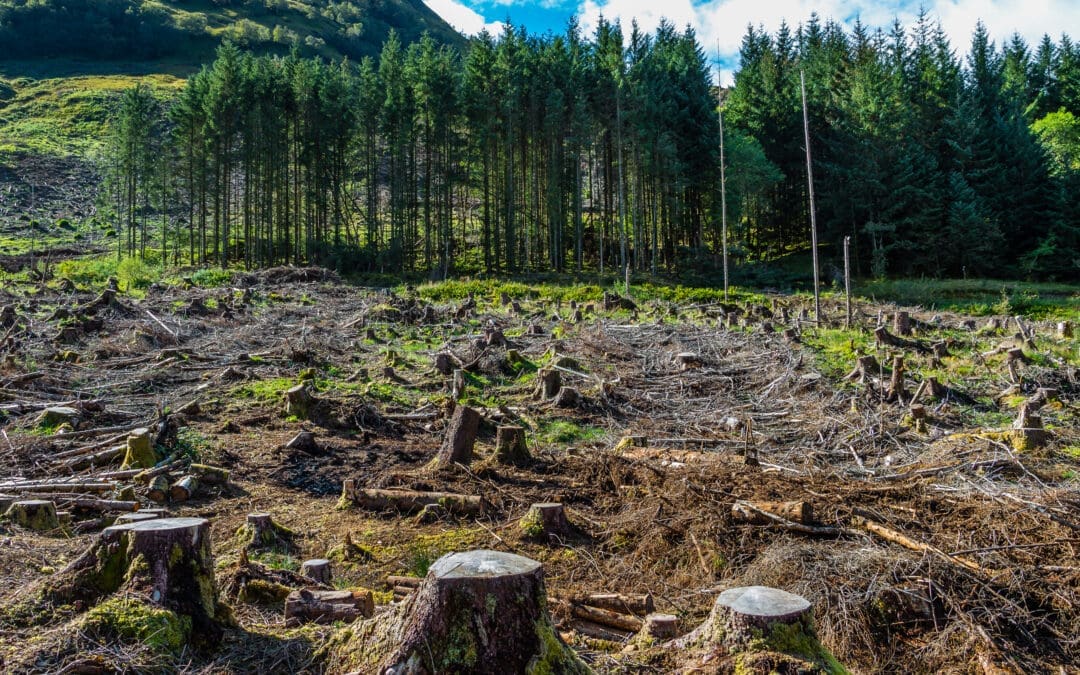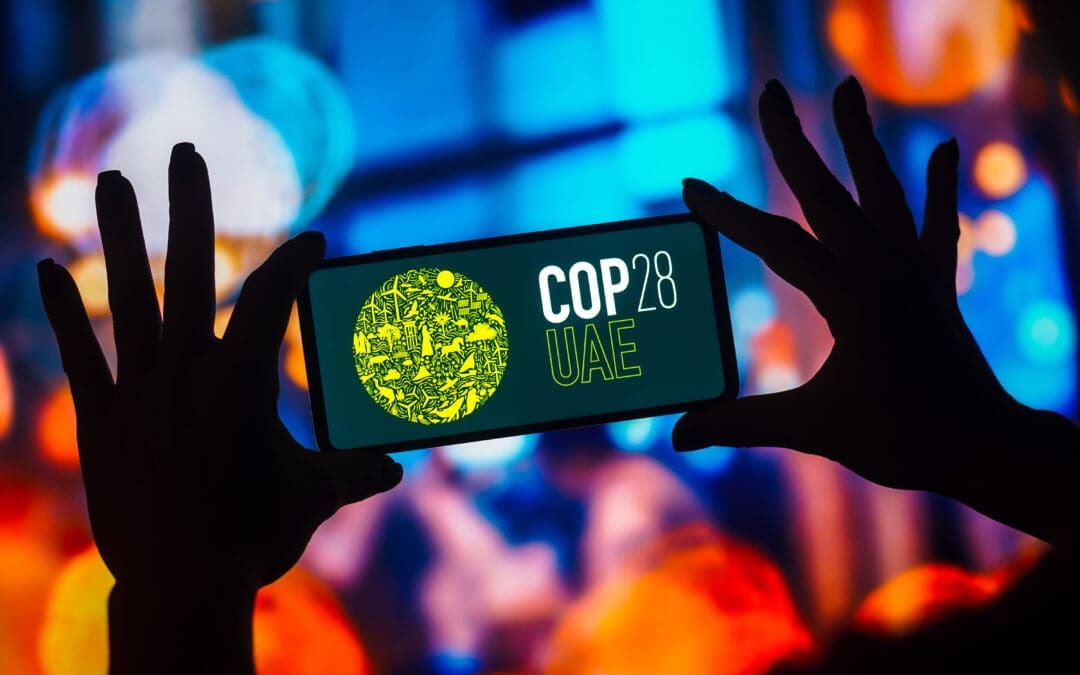2020 has been a defining year for transparent supply chains. When the pandemic hit, most people expected sustainability efforts to take a back-seat role. On the contrary, companies seem to be more focused than ever on driving sustainability in supply chains.
In fact, Gartner, Deloitte, and McKinsey all echoed the same sentiment early on in the pandemic – transparency is the only way to be proactive about supply chain vulnerabilities going forward. Moreover, businesses that already had a transparency focus were far less impacted by the pandemic overall.
Between new regulations in the EU and elsewhere, ambitious commitments from companies like Microsoft, and investors raising the bar on ESG performance, expectations around sustainable business are rising fast.
Now, your business is faced with the challenge of meeting those expectations. And in order to do so, you need to drastically increase transparency in your supply chain.
With better transparency, you’ll be better positioned to deal with disruptions from the next force majeure event. You’ll also be equipped to engage your suppliers across a range of social, environmental, and business continuity risks, which will provide a lot of additional value to your business.
Luckily, most businesses understand how urgently they need transparency. There has never been a better opportunity than now to prove the value of a transparent supply chain to your business, and due to this, you likely have a better shot at getting the resources you need to make it happen.
Preparing properly is one of the highest impact activities you can do to get started on your supply chain transparency journey. In this post, we’ll go over the most important things you can do this year to set your supply chain transparency efforts up for success in 2021.
2021 Supply Chain Transparency Checklist
We’ve helped dozens of businesses create new levels of visibility into their supply chains. Here are the six most important steps they take before delving deep into their supply chains.
1. Revisit your commitments and goals
Your sustainability commitments and goals should be a guidepost for your work. If you’re like most companies, your priorities have shifted as a result of the pandemic.
Take a planning session or two to revisit those goals and make sure they are focused, measurable, achievable, and valuable for your business. Then break them into subsequent steps.
Engaging suppliers without a direct tie-in to your overarching goals can result in poor outcomes. You might end up with better visibility and more data, but you’ll have a hard time applying it to the business, and you won’t be pushing your long-term goals forward.
Kraft Heinz set a good example of how to do this earlier in the year. They fell short of their 2020 sustainability targets, but quickly put together a new set of concrete goals to accomplish in the next 5 years.
When you complete your exercise, you should come away with a clear list of milestones you’ll hit. To reuse the Kraft Heinz example, something like:
- Procure most electricity from renewable sources by 2025 and decrease energy usage by 15 percent.
- Decrease water usage by 20 percent at high-risk sites and 15 percent overall by 2025 (per metric ton of product made).
- Decrease waste by 20 percent across all Kraft Heinz manufacturing operations by 2025.
- Make 100 percent recyclable, reusable or compostable packaging by 2025.
- Set a science-based target for greenhouse gas emissions reduction.
- Achieve 100 percent sustainably sourced tomatoes by 2025, 100 percent sustainable and traceable palm oil by 2022, and 100 percent cage-free eggs globally by 2025 (among other ingredients).
Then, break each goal into action steps, such as:
- Decrease water usage by 20 percent at high-risk sites and 15 percent overall by 2025 (per metric ton of product made).
- Map all supplying sites
- Measure water usage at all supplying sites
- Determine which sites are high risk
- Engage suppliers to understand the practices that contribute to high water use
- Work with suppliers and offer support to help them reduce the amount of water used at their facility
Revising and documenting your commitments and corresponding action plans is a great way to ensure all of the work you do is helping you reach your end goals. It also helps get other functions in your company bought into the mission, which leads to the next tip…
2.Align your internal partnerships
By partnering with other functions in your company, you’ll open up more resources, increase your chances of success, and expand the impact your efforts have on the business overall.
Without strong internal partnerships, sustainability work often gets siloed and is not properly integrated into other business functions. Procurement and marketing teams are perhaps the two functions that stand the most to gain from collaborating with sustainability departments.
For example, in a recent Harvard Business Study, all of the procurement officers interviewed said they needed more training to properly drive supplier sustainability. They also reported that their biggest fears are unseen risks at sub-tier supplier facilities.
This tells us that far more collaboration is needed between sustainability and other areas of the business. It also exposes a massive opportunity for sustainability to lead the pack. If sustainability can help educate procurement on the best ways to engage suppliers on ESG topics, procurement can help cascade that engagement up the supply chain.
Creating better alignment between sustainability and other functions on the team is largely a process of discussion. Before the year is up, meet with the teams you think you need to align with and ask the following questions:
- What business goals are shared by both of our departments?
- What synergies exist between us? (E.g., procurement has great lines of communication with suppliers and can get their attention. You have tools and content to collect ESG data from suppliers.)
- What type of data do we need from each other to build a more compelling picture of our sustainability performance?
- What resources can we share with each other? Training? Budget? Tools?
Once you have answers to these questions, you’ll understand how you can best work with each department. Collaboration is integral to this process, and getting your business bought into the benefits of a transparent supply chain will help you get a lot further faster.
However, partnering internally isn’t the only type of collaboration you need to plan ahead for. You should also get aligned with your external partners about your activities in the year to come.
3. Get a head start on external partnerships
Working with an NGO, consultant, or industry group can save you a lot of time. These groups bring expertise, resources, and action plans that simplify processes and help move industries toward standardization. By tapping into standardization, you can avoid the difficult task of coming up with your own metrics and approach.
If you’re not working with external partners already, you run the risk of ‘reinventing the wheel,’ measuring the wrong things and contributing to supplier fatigue.
Harvard Business Review again provides a great summary of why you should form strong external partnerships:
“Collaborative initiatives have many benefits. They can increase efficiencies for suppliers, who can use a standardized self-assessment or audit to satisfy many customers and thus avoid duplication. These initiatives can also draw in more suppliers, because suppliers that have many customers with the same sustainability requirements tend to be more willing to participate. And collaboration can make sustainability initiatives more feasible, because industrywide training is subsidized by members.”
These initiatives can also help you establish plans for the coming year. Start having conversations about your collaborations for 2021 now. If you don’t have partnerships yet, browse our Alliances to see who might be able to help you.
After you have your collaborations together, the next area you’ll want to focus on is data.
4. Get your internal data organized
Your newly-established partnership with procurement should get you access to your organization’s supplier lists. Do the work upfront to clean, update, and organize those lists – it will help your projects run much more smoothly, increase response rates, and improve data quality down the line.
We’ve seen many cases where someone tries to wrangle their supplier information at the 11th hour. It doesn’t pan out well – it’s full of duplicates, missing or out-of-date contacts, mismatches, etc. Then the assessment gets launched, supplier contacts get shifted, few people respond, the data comes in messy, and the cleanup effort begins!
Here are some things you can do beforehand to avoid that situation:
- List the products or SKUs in the scope of your engagement
- Create your facility and supplier lists
- Remove duplicate suppliers or contacts
- Ensure all contacts are up-to-date
- Segment and map your suppliers
Planning ahead and cleaning supplier lists can be tedious, but it’s time that will save you hours later. After you have all of your supplier data organized, it’s time to notify them about your plans to collect data from them.
5. Prepare your suppliers
If you’ve ever reported sustainability data with your customers, you (hopefully) got a heads up beforehand. Doing the same for your own facilities and suppliers is a great way to set expectations and increase your response rate.
Similar to the above, failing to communicate with suppliers well in advance will usually result in lower response rates and poor data quality.
It’s common for contacts to change over time, so giving ample notice also allows you to identify your most up to date contacts while ensuring they’re aware of the upcoming data request.
It’s also important to explain why you are asking them for information. Demonstrate how this activity relates to your overarching goals, and if possible, explain that their participation will be valuable for them, too.
For example, SupplyShift lets you publish anonymous benchmarks to suppliers once you are done collecting data. This allows suppliers to see where they stand against peer suppliers, where they’re doing well, and what areas they might need to improve in.
If suppliers have plenty of time to prepare and stand to gain something from participating in your requests, they are much more likely to get on board.
Now for the last tip – getting your plans off the ground.
6. Collect some data!
Driving transparency in your supply chain doesn’t have to be complicated. There are a lot of lightweight ways to begin the journey, and sometimes, the most powerful thing you can do is start. You can always grow the program in the future.
If you’ve been wanting to get going for a while, now is a great time to start sending initial assessments to suppliers. This will prompt you to get organized around your information and give you a great baseline for your efforts going forward.
SupplyShift offers a free Greenhouse Gas Starter Assessment for businesses to start out on their climate action journey. If you’re interested in trying SupplyShift out and getting some initial supplier data, check out the program!
No matter how you choose to collect data, it’s a good idea to do some form of a soft-launch. This helps you and your suppliers get used to new tools and processes. It also gives you valuable insight to help you plan your next engagement.
Conclusion
There’s a lot to do over the coming year, and getting organized now is one of the best ways to set yourself up for success in 2021. With these tips, you have what you need to go set your goals, align your partnerships, prepare your suppliers, and start collecting data.
If you’re gearing up for a new or refreshed supply chain engagement effort in 2021, SupplyShift can help. We make engaging suppliers and getting insight into your supply chain easy, and we offer some great starting points to address the big issues companies care about. Learn more here:
- Factory GHG Emissions Calculator
- Modern Slavery Act Assessments
- SupplyShift Essentials Sustainability Assessment
- Greenhouse Gas Starter Assessment – Free!
Not sure where to start? Book an intro call with us – we’d be happy to explore the best approach for you.



